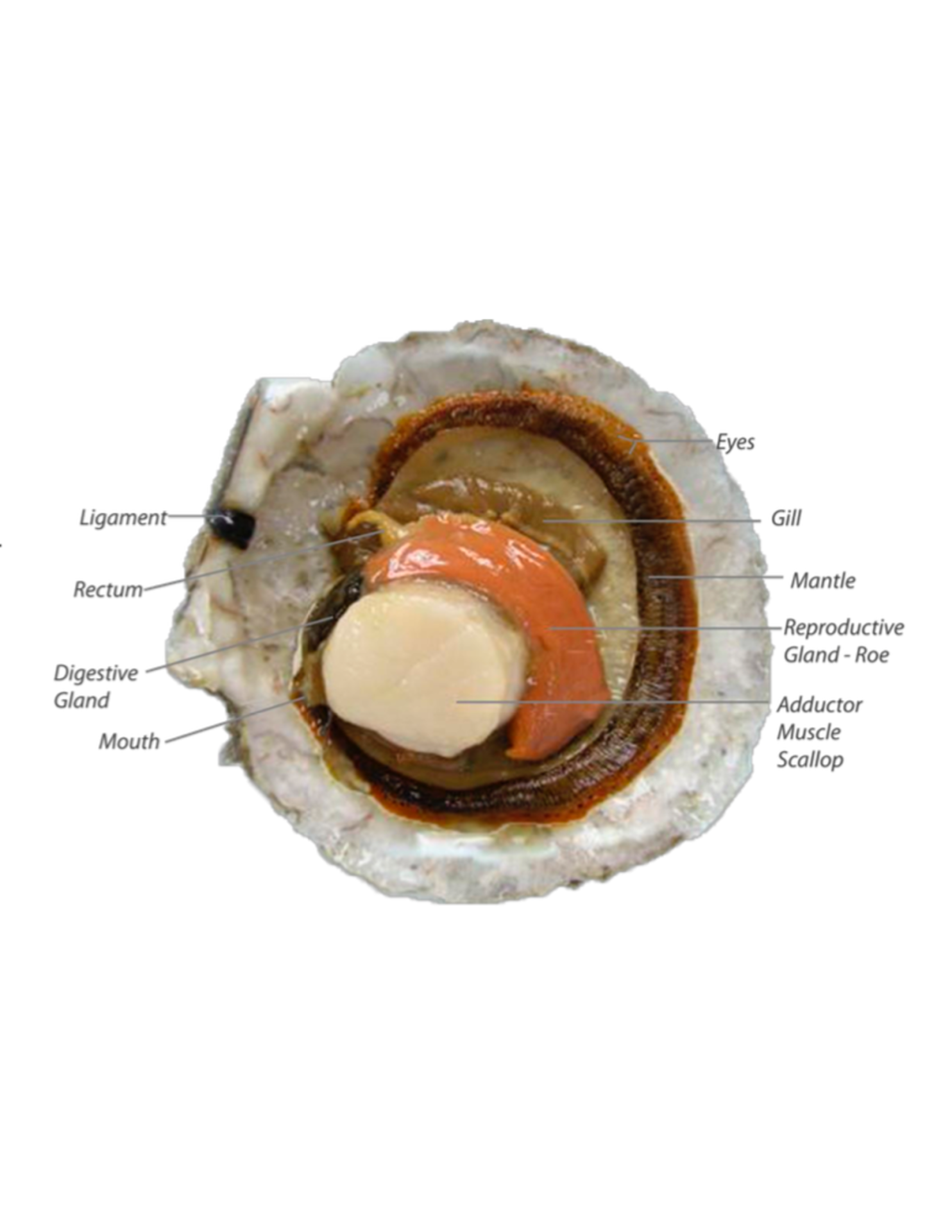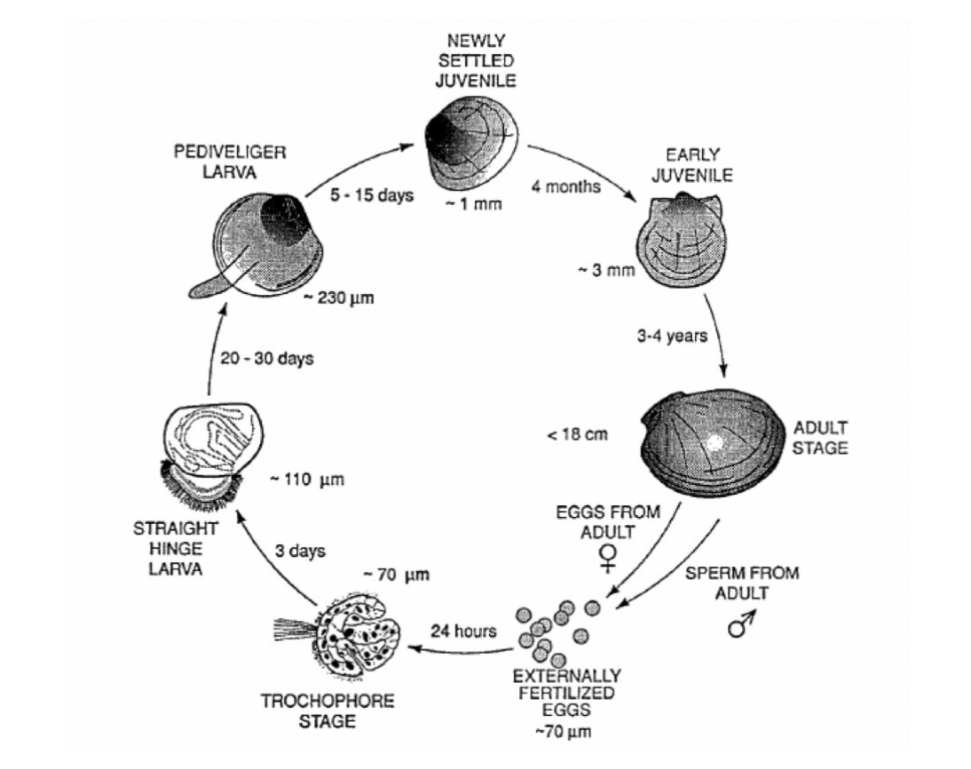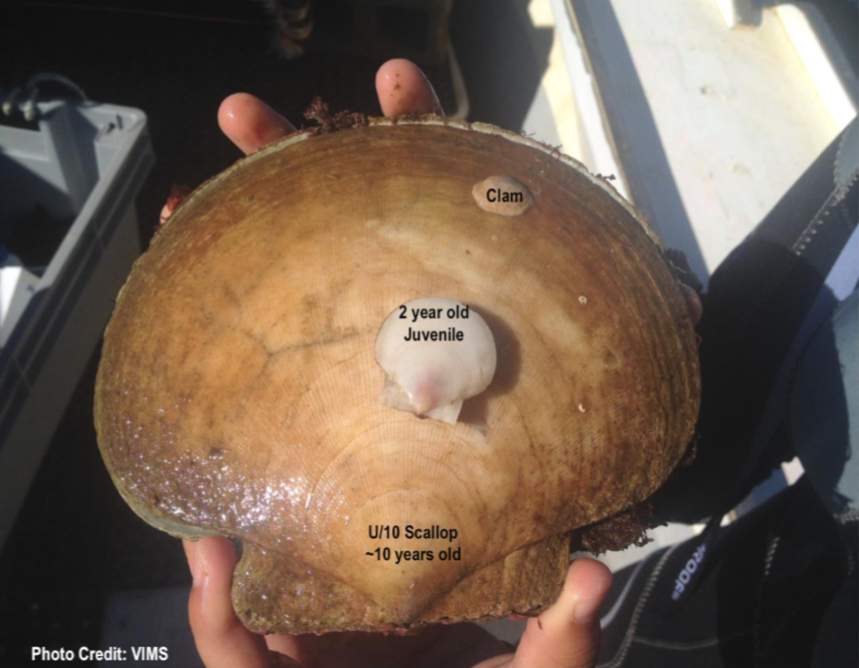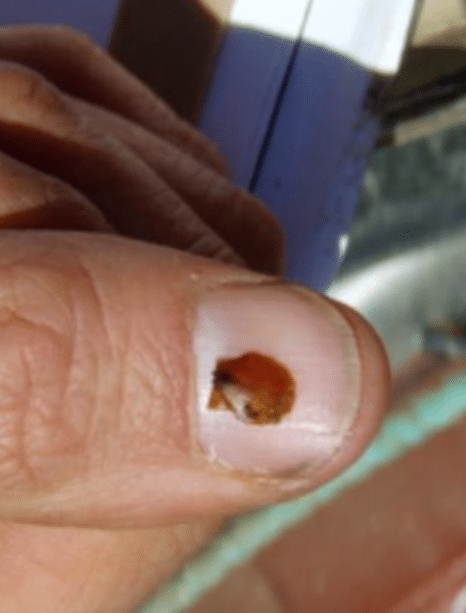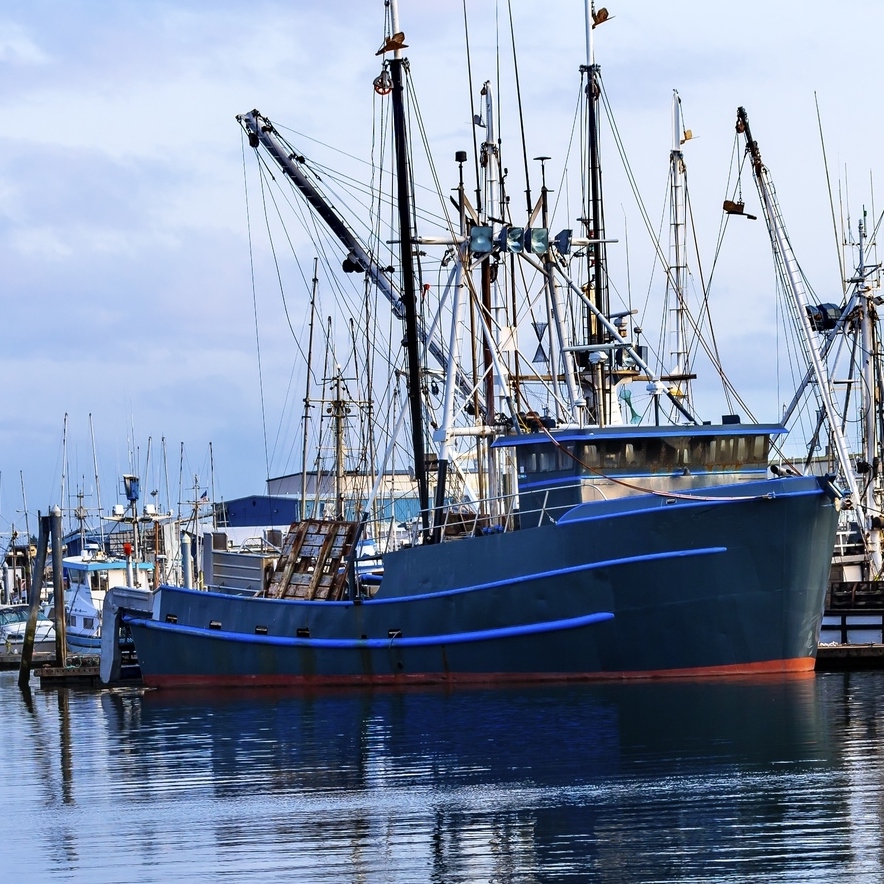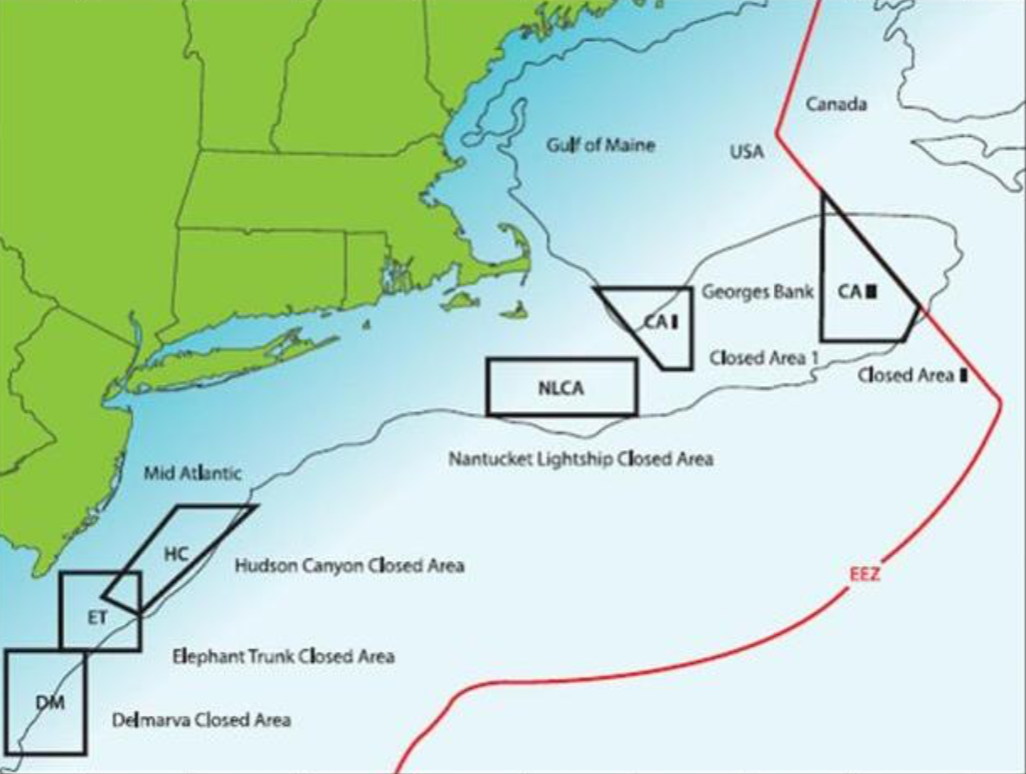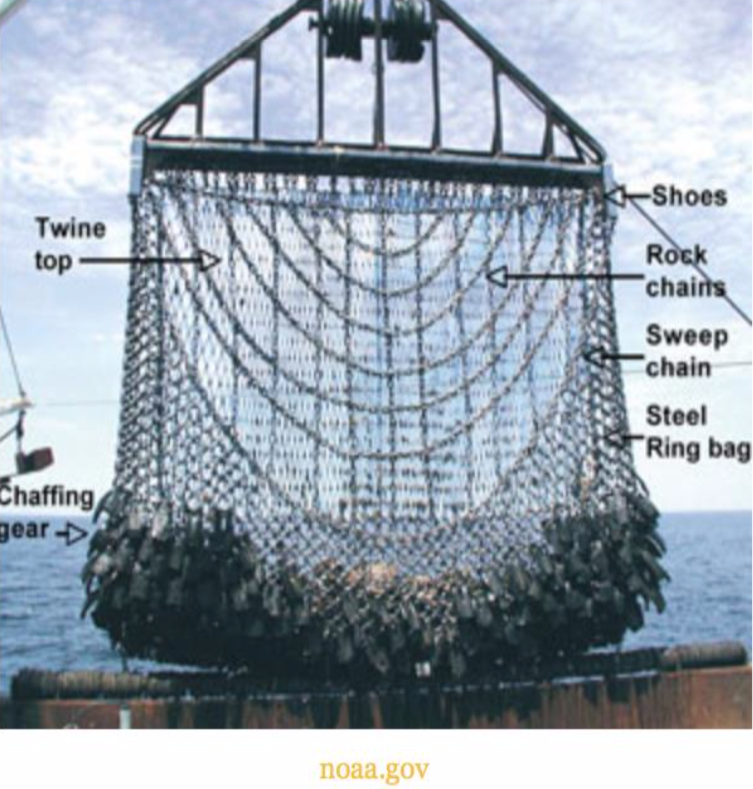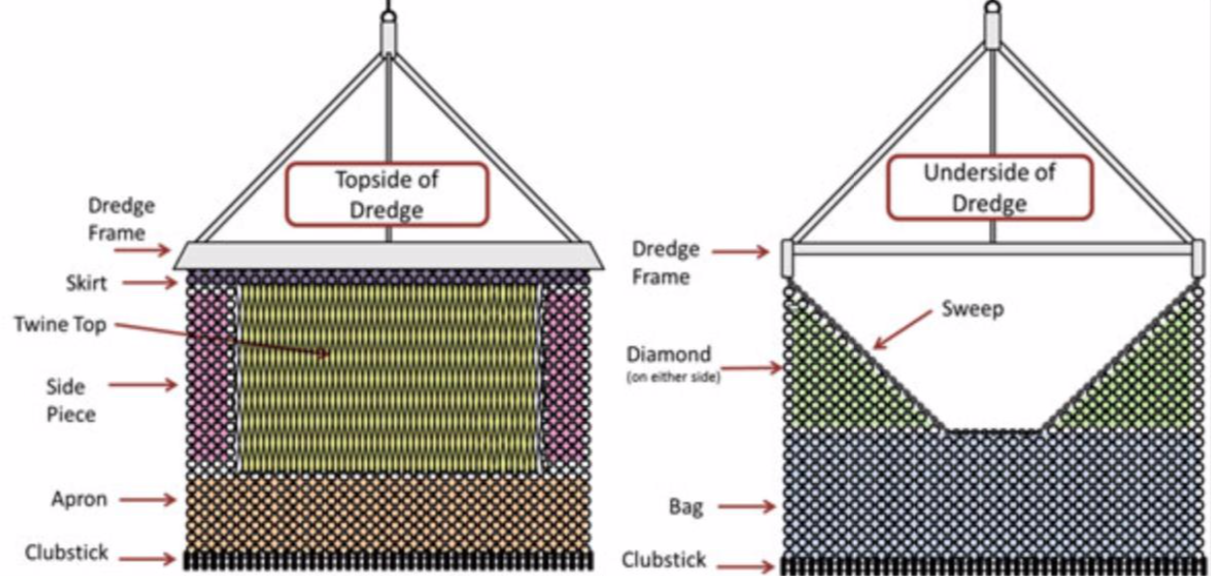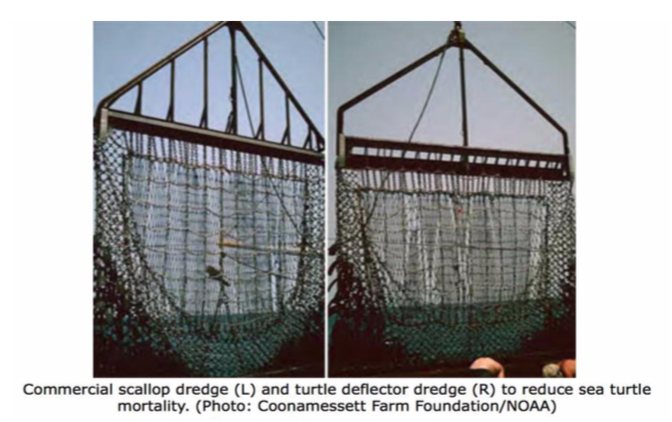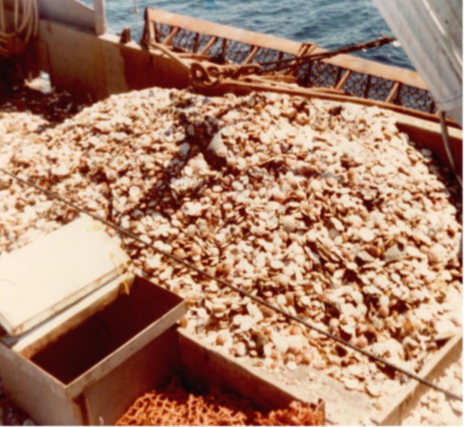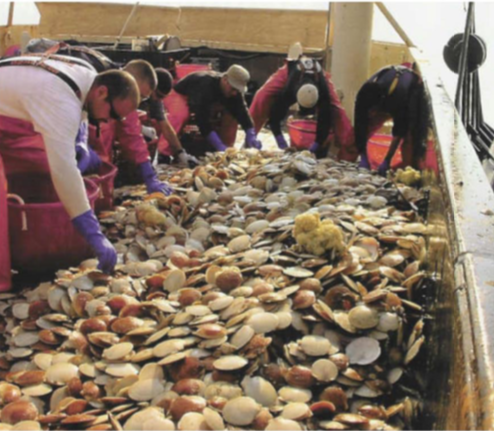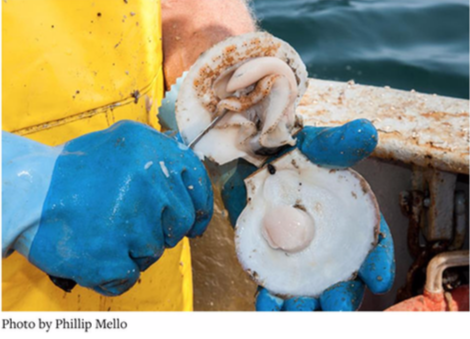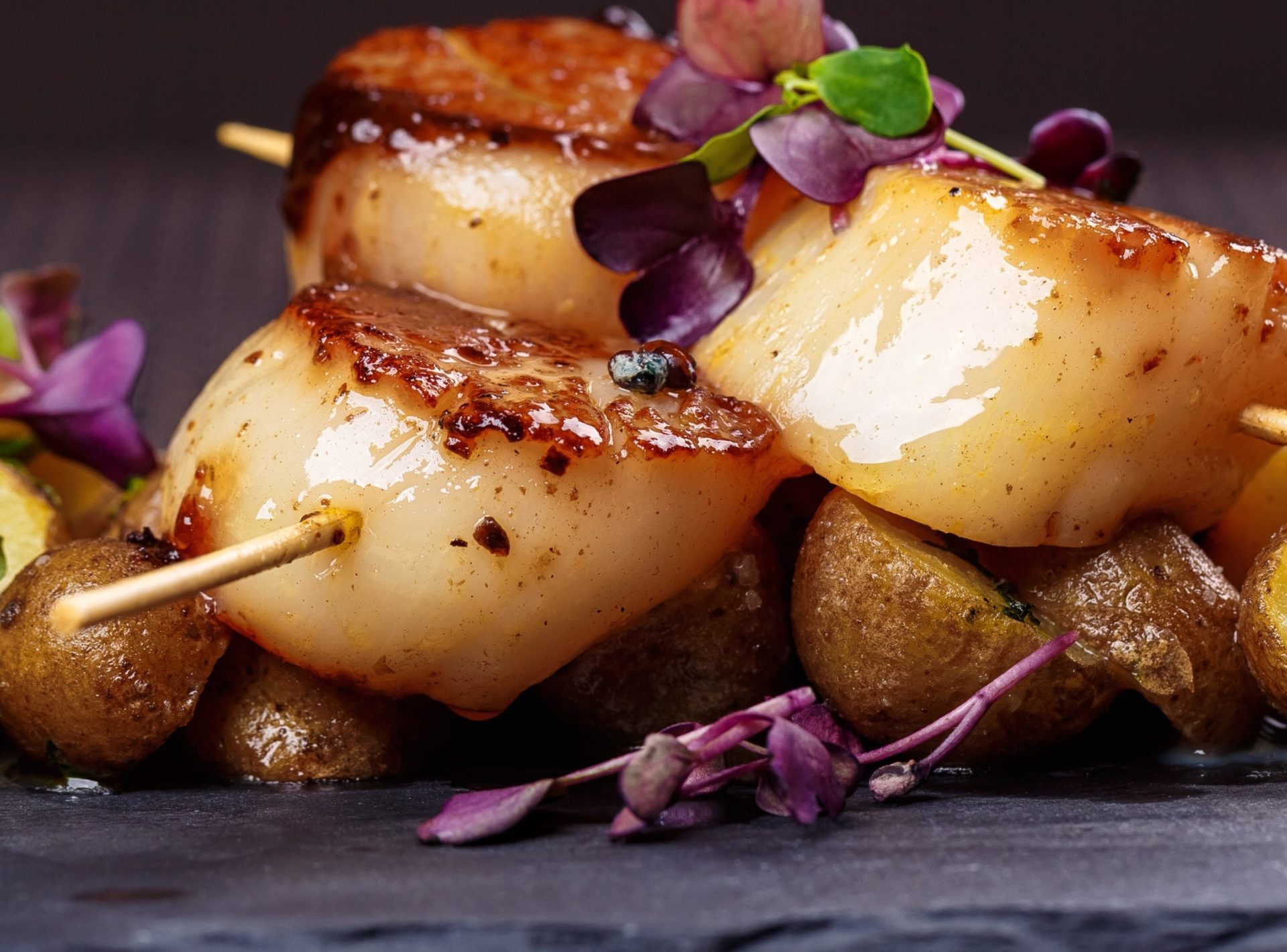SCALLOPS 101
Northern Wind Seafood, LLC.What is a Scallop?
- A bi-valve (two shelled) filter-feeding mollusk that lives on the sandy gravel of the ocean floor
- The white adductor muscle that connects the two shells is commonly referred to as the scallop meat.
- The adductor muscle is what is consumed in the United States.
- Outside the US, both the adductor muscle and roe are consumed
- There are over 400 species worldwide 18 species are commercially harvested
- Scallopsareconsideredaveryhealthy. They are a good source of Protein, Magnesium, Potassium, B12 and are very low in saturated fat.
Scallop Reproduction
Scallops have two spawning periods per year in the Spring & Fall
Scallop Reproduction Facts
- Females have bright red gonads
- Males have creamy white gonads
- Females release up to 270 million eggs at once
- Males release sperm onto the eggs
- Fertilized eggs fall to the bottom of ocean to develop in beds
- 1 in 10 million potential eggs grow to age 2
Scallop Growth
- Sea scallops grow rapidly during the first several years of life
- Sexually maturing at age 2
- Attain commercial size at about 3 – 5 years old
- It takes 3-5 years to grow to the size of a 30/40 scallop
- 4-6 years for a 20/30
- 5-7 years for a 10/20
- 10+ years to reach the all popular U/10 size
Orange / Pumpkin Colored Scallops
- They naturally occur in the reproductive cycle
- Caused by an excess of a natural pigment called
zeaxanthin in a female scallop - As the gonad ripens and takes on an orange hue, any overabundance of this pigment is transported into the adductor muscle
- This happens more in the Spring than in the Fall
- Orange meat are always a challenge since many
people believe they are spoiled white meats - Perfectly normal and wholesome to eat (some say orange scallops are sweeter)
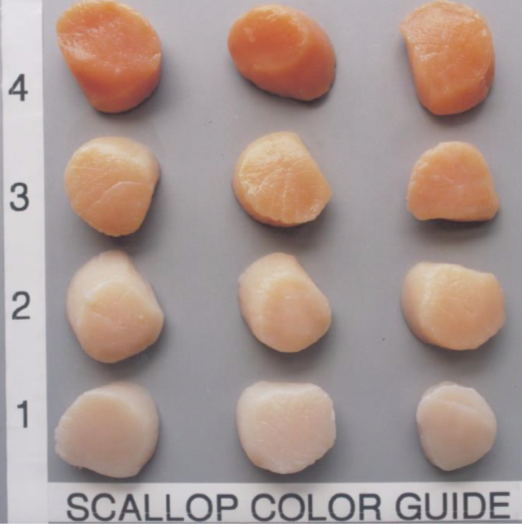
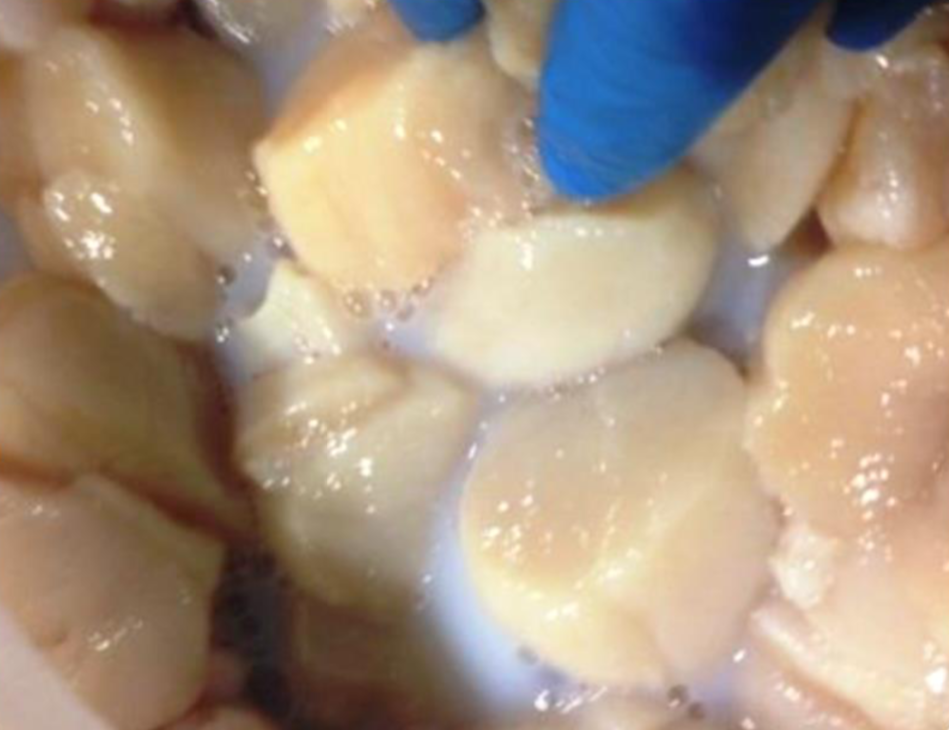
Milky Scallops
- Most common complaint from customers
- Occurs during the summer spawning season
- PredominatelyintheMid-AtlanticArea
- Scallops will purge a white milky liquid and become softer in texture
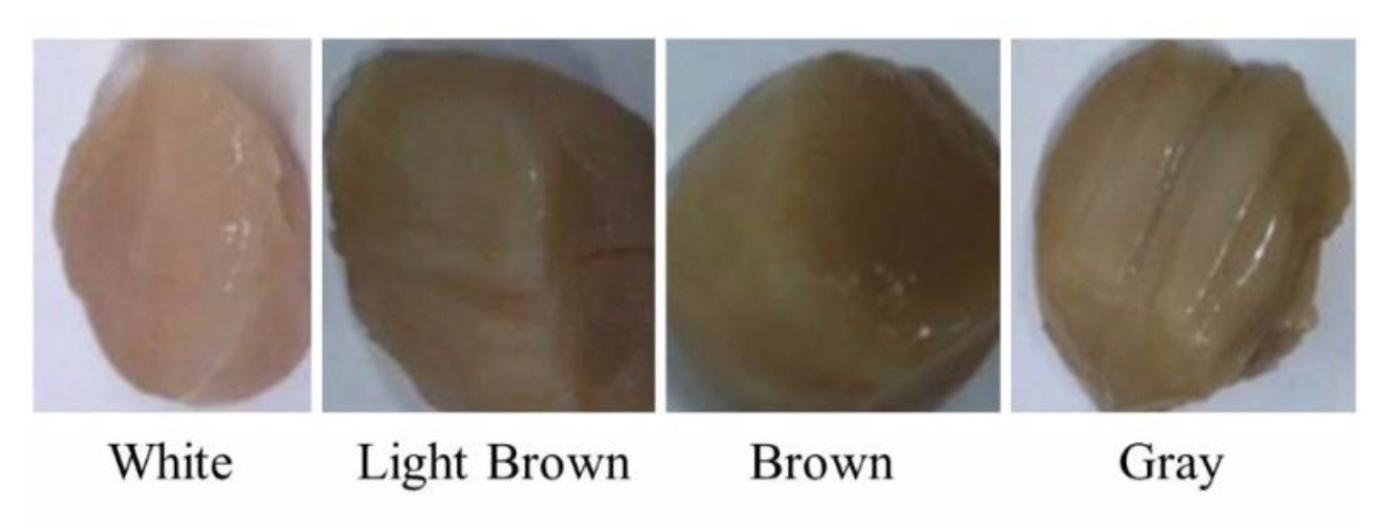
Gray Colored Scallops
- Brown to Gray, small loosely bound adductor muscles (should be white and compact)
- Caused by apicomplexan parasite which causes muscle necrosis
- Same parasite found in Iceland, Queen and King scallops
- Associated with abnormally high rates of natural mortality and poor meat quality
- Found in George’s Bank, Gulf of Maine, and Alaska
- RSA grants have been awarded to further research
- Expected increase in gray scallops this season as previously closed areas are reopened
Where are sea scallops found?
Most popular wild caught species is the Atlantic sea scallops, harvested along East coast of U.S.A. and Canada (Placopecten magellanicus)
- Scallops are also harvested in Japan, Peru, Russia, Argentina and other countries.
- Prefer sand, mud and rocky areas of the ocean floor o Optimal water temperature is 68°F
- Typical depth is 150’ to 180’
scallop classification
By size (size indicates how many scallops there are in one lbs.: under 10, between 10 and 20, etc.) species and origin
sea scallops
Sizes: U/10, 10/20, 20/30, 30/40
PRIMARY SOURCES AND CHARACTERISTICS:
Wild caught scallops:
North Atlantic (U.S. & Canada)
Sweeter, mild flavor and white color.
Farm raised scallops:
Japan (North Hokkaido)
Less sweet, yellowish in color, firm texture
China (North China)
Same species as Hokkaido, Sizes are up to 10/20 per Lb.
Peru
Darker in color, less sweet, firm texture
Bay scallops
Sizes: 40/60, 60/80, 80/100, 120/150, 150/200, 200/300
PRIMARY SOURCES AND CHARACTERISTICS:
Farm raised scallops from China:
Consistent supply
Softer texture
Seed stock originated from Long Island, New York and Nantucket, Massachusetts
Peru
Darker in color, less sweet, firm texture 60/80 per Lb. and larger
sea scallop harvesting (Japan & China)
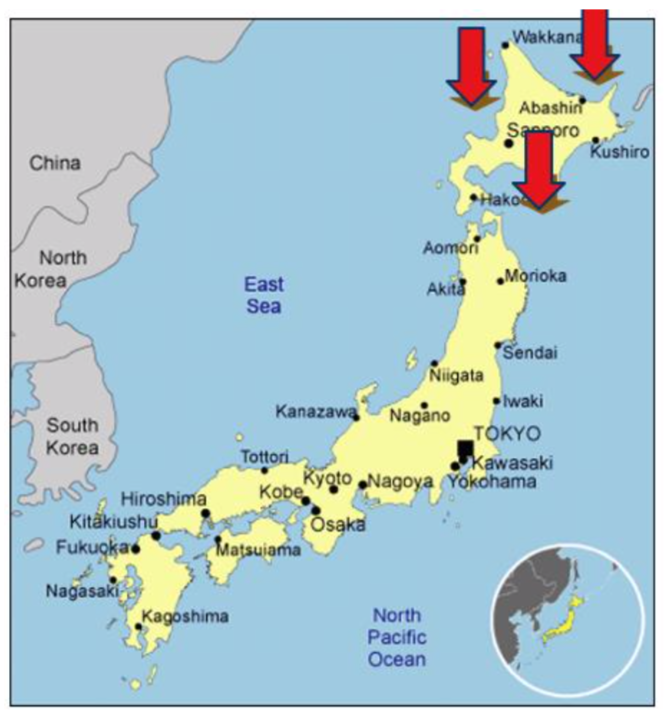
- Japanese sea scallops are primarily farm raised in the Northern part of Hokkaido island, with small amounts harvested in South Hokkaido.
- Japanese scallop sizes range from U7s to 46/68. Main markets: domestic consumption, China, USA.
- Japanese scallops are raised using an advanced cage system that uses 4 types of cages based on water depth, current strength, and other factors.
- Chinese sea scallops are farm raised in Sea of Japan using Japanese Hokkaido scallop seed.
- Chinese sea scallops size is 10/20s to 30/40s.
u.s. atlantic scallop fleet
Consists of two primary fleets
Limited access (LA)
- 342 Vessels/Permits
- 247 are Full-Time (7 Crew Members)
- Days-at-Sea (Open Area)
- Access Area Rotational Program (Closed Area)
Limited access general category (lagc)
- Individual Fishing Quotas (IFQ)
- Three types of permits
- 239 IFQ (600 lb. limit)
- 92 Northern Gulf of Maine (200 lb. limit) o 242 Incidental Catch (40 lb. limit)
scallop fishing areas
domestic sea scallop harvesting
- Fishing occurs year-round
- Vessels are 70 to 100 feet in length
- Open area trip are 12–14 days at sea, about 10 of which are spent harvesting
- Closed area trip are about 8 days at sea (limited to 18,000 lbs. per trip)
- Harvesting is done 24 hours per day on rotating twelve hour shifts
- Average catch amounts to 1,500- 2,500 lbs. per day
- By-Catch: Atlantic cod, haddock, yellowtail flounder, monkfish
Sea scallop harvesting
turle deflector dredge (tdd)
domestic scallop harvesting
Once the dredge is emptied on deck, the crew “picks the pile”. Scallops go into bushel baskets while rocks and bycatch is thrown back into the ocean.
Scallops are opened by hand and the adductor muscle removed (shucked). Shells and viscera are discarded.
- On a 10 day trip, each crew member will shuck about 50,000 scallops
- The scallop meats are placed in a wash tank of sea water to cleanse the meat of any sand and grit.
- The cleaned scallop meats are bagged into 50 pound cheesecloth bags and then placed on ice in the vessel’s fish hold.
fishery management
- NEFMC and NMFS manage the US scallop fishery
- Largest and most valuable wild fishery in the world
- In 2015, about 40 million pounds, worth over $440 mil were landed
- Top landing ports are New Bedford, MA & Cape May, NJ
sustainability
The U.S. scallop fishery is the best example of responsible rebuilding
- Declared overfished in 1997
- Restrictions on crew size, gear, areas and
days at sea were used to rebuild the fishery - Biomass peaked in 2004
- Research Set Aside is largest of any fishery
- $15.6 million award in 2016
- Funded by industry not government
- Strong relationships between regulators, fishermen and scientists
A majority of Northern Wind’s scallops come from the United States North Atlantic Coast Fishery – a protected resource that is managed and monitored by the US government.
- Our scallop supply boats are monitored by a days-at-sea management system, being assigned a specific number of fishing days each year in open and protected areas to ensure sustainability.
- We also continue to work with scallop boat owners to improve harvesting, shucking, and cleaning techniques.
- Our scallop resources, as well as both of our processing facilities, are MSC-C-53909 certified.
scallop terminology
Scallops are also classified by their moisture content. Harvest area and time of year have an effect percent of moisture.
For example, Mid-Atlantic scallops in August will typically have 80% moisture while a scallop harvested from George’s Bank in February 77%
Dry Scallops
Northern Wind offers two types of “DRY” scallops.
- DRY DRY (5 Star Premium and Grade A) have a moisture content of <80% (no water or
chemicals added) - DRY (Captain’s Call) have a moisture content of <83% (Industry Standard Dry or “overnights”)
- These pass USDC inspectionas “NATURAL”
Processed (Wet) Scallops
- Northern Wind also offers two types of processed scallops (known as scallop product).
- FULLY PROCESSED (Mariner’s Choice & Sea Spray) have moisture content about 87% (with chemicals added)
traceability
Northern Wind can perform a product trace, both forward and backwards.
Our dedicated Seafood Database:
- Can trace all raw material back to the fishing vessel and the actual harvest area. We can do a trace from receipt of incoming raw material to our customers.
- Can identify materials at receipt and trace these materials through all stages of incoming, processing, and shipments.
- Traceability back to the original source will be audited at least once a year to ensure the process is adequate.

